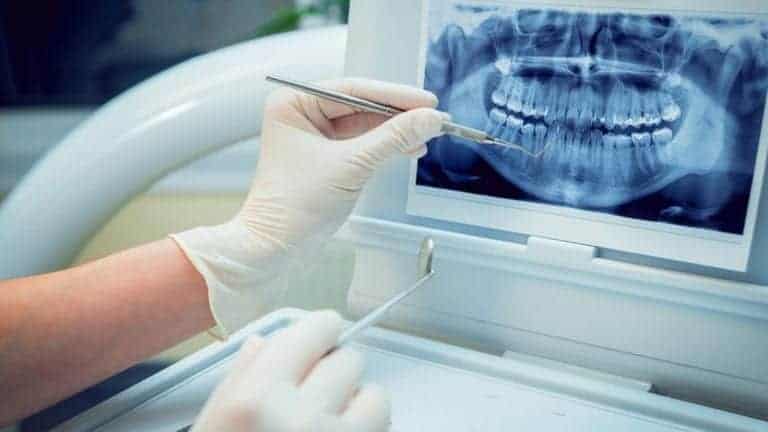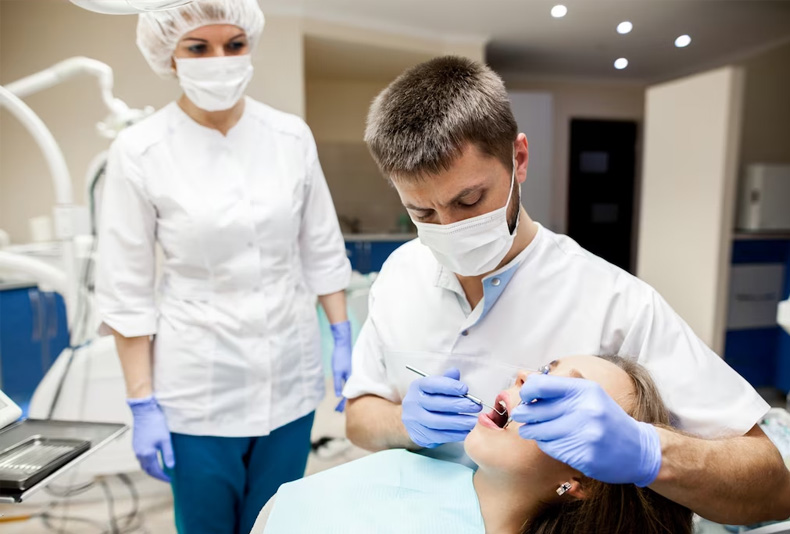“In today’s rapidly evolving world of healthcare, dental technology stands at the forefront of innovation, revolutionizing the way dental care is delivered” says Doncaster Dental. From advanced diagnostic tools to futuristic treatment methodologies, these technological advancements are reshaping the landscape of modern dentistry.
What is Dental Technology?
Dental technology encompasses a wide array of tools, techniques, and materials used by dental professionals to diagnose, treat, and prevent oral health issues. It integrates elements of engineering, computer science, and medical expertise to enhance patient outcomes.
Importance of Dental Technology in Dentistry
The integration of technology in dentistry not only improves treatment precision but also enhances patient comfort and overall experience. By leveraging cutting-edge tools, dentists can offer more accurate diagnoses, personalized treatment plans, and efficient procedures.
Recent Innovations in Dental Technology
Recent years have witnessed remarkable advancements in dental technology, paving the way for enhanced dental care solutions across the globe.
3D Printing in Dentistry
One of the most groundbreaking innovations is the application of 3D printing technology in dentistry. This revolutionary approach allows for the fabrication of dental prosthetics, implants, and even crowns with unparalleled precision. By using digital scans of a patient’s mouth, dentists can create customised dental restorations quickly and accurately.
Applications of 3D Printing in Dental Care
3D printing enables the production of intricate dental models, guides for implant placement, and surgical tools. It streamlines the manufacturing process, reduces material waste, and offers patients durable, aesthetically pleasing dental solutions.
Digital Dentistry: Revolutionizing Patient Care
Digital dentistry encompasses various technologies such as CAD/CAM (Computer-Aided Design/Computer-Aided Manufacturing), intraoral scanners, and digital radiography. These technologies allow for the creation of detailed 3D images of the teeth and gums, facilitating precise treatment planning and execution.
Benefits of Digital Dentistry
Digital workflows improve the accuracy of dental restorations, minimize chair time for patients, and enable dentists to communicate seamlessly with dental laboratories. Patients benefit from fewer adjustments and faster recovery times, thanks to these advanced techniques.
Artificial Intelligence in Dentistry
The integration of artificial intelligence (AI) into dental practices is another significant leap forward. AI algorithms analyze large datasets of dental images and patient records to assist dentists in diagnosing conditions like cavities, periodontal disease, and oral cancers more accurately and at earlier stages.
AI Applications in Dental Diagnosis
AI-powered diagnostic tools provide dentists with real-time insights, aiding in proactive treatment planning and improving overall patient outcomes. These technologies also contribute to preventive care strategies, promoting long-term oral health.
Tele-Dentistry: The Future of Remote Dental Care
The concept of tele-dentistry has gained momentum, particularly in recent times, as it offers a convenient and accessible way to deliver dental services remotely.
Advantages of Tele-Dentistry
Tele-dentistry enables virtual consultations, follow-ups, and patient education sessions via secure video conferencing platforms. It improves access to dental care for individuals in rural or underserved areas, reduces travel time and costs, and enhances continuity of care.
Improving Patient Experience Through Technology
Beyond clinical benefits, dental technology plays a crucial role in enhancing the overall patient experience.
Enhanced Diagnostic Accuracy
Advanced imaging technologies such as cone-beam computed tomography (CBCT) provide detailed 3D images of the teeth, jawbone, and surrounding structures. This enhances diagnostic accuracy, enabling dentists to detect hidden dental issues early and plan appropriate treatments.
Personalized Treatment Planning
Digital workflows allow for the creation of precise treatment plans tailored to each patient’s unique dental anatomy and oral health needs. From designing dental restorations to planning orthodontic treatments, personalized approaches result in more predictable outcomes and patient satisfaction.
Customized Dental Restorations
Using CAD/CAM technology, dentists can design and fabricate custom dental crowns, bridges, and veneers in a single appointment. This minimizes the need for temporary restorations and multiple visits, offering convenience and immediate aesthetic improvement for patients.
Reducing Treatment Time and Cost
Efficiency gains achieved through technological integration translate into reduced treatment times and costs for patients. Digital impressions, virtual simulations, and same-day restorations streamline workflows, optimizing chairside procedures and enhancing practice productivity.
Challenges and Ethical Considerations
Despite its transformative impact, the adoption of new dental technologies presents challenges and ethical considerations that must be addressed.
Privacy Concerns in Tele-Dentistry
Ensuring patient confidentiality and data security in tele-dentistry platforms is paramount. Implementing robust encryption protocols and adhering to regulatory standards safeguard patient information and maintain trust in remote dental care services.
Accessibility Issues in Rural Areas
While tele-dentistry extends dental care access, disparities in internet connectivity and digital literacy in rural communities pose challenges. Bridging these gaps requires collaborative efforts from policymakers, healthcare providers, and technology developers to ensure equitable access to quality dental services.
The Future of Dental Technology
Looking ahead, the future of dental technology holds promising opportunities for further innovation and advancement.
Emerging Trends in Dental Technology
Emerging technologies such as nanotechnology and biomaterials are poised to revolutionize dental treatments. Nanoparticles for targeted drug delivery and bioactive materials for regenerative dentistry offer potential solutions to complex dental challenges.
Potential Impact of Nanotechnology
Nanotechnology could lead to more durable dental materials, enhanced diagnostics, and novel therapies for dental diseases. Its application in preventive and restorative dentistry holds immense potential for improving oral health outcomes globally.
Ethical Guidelines for Future Innovations
As technology continues to evolve, establishing ethical guidelines and regulations becomes imperative. Ethical considerations include patient consent for data usage, transparency in AI algorithms, and equitable access to emerging technologies.
Conclusion
In conclusion, the rapid evolution of dental technology has redefined the standards of modern dental care. From 3D printing and digital dentistry to AI-powered diagnostics and tele-dentistry, these innovations empower dental professionals to deliver superior clinical outcomes and enhance patient satisfaction. As we embrace these advancements, it is essential to address challenges responsibly and ensure that ethical standards guide future developments in dental technology.











